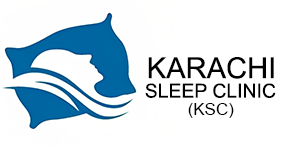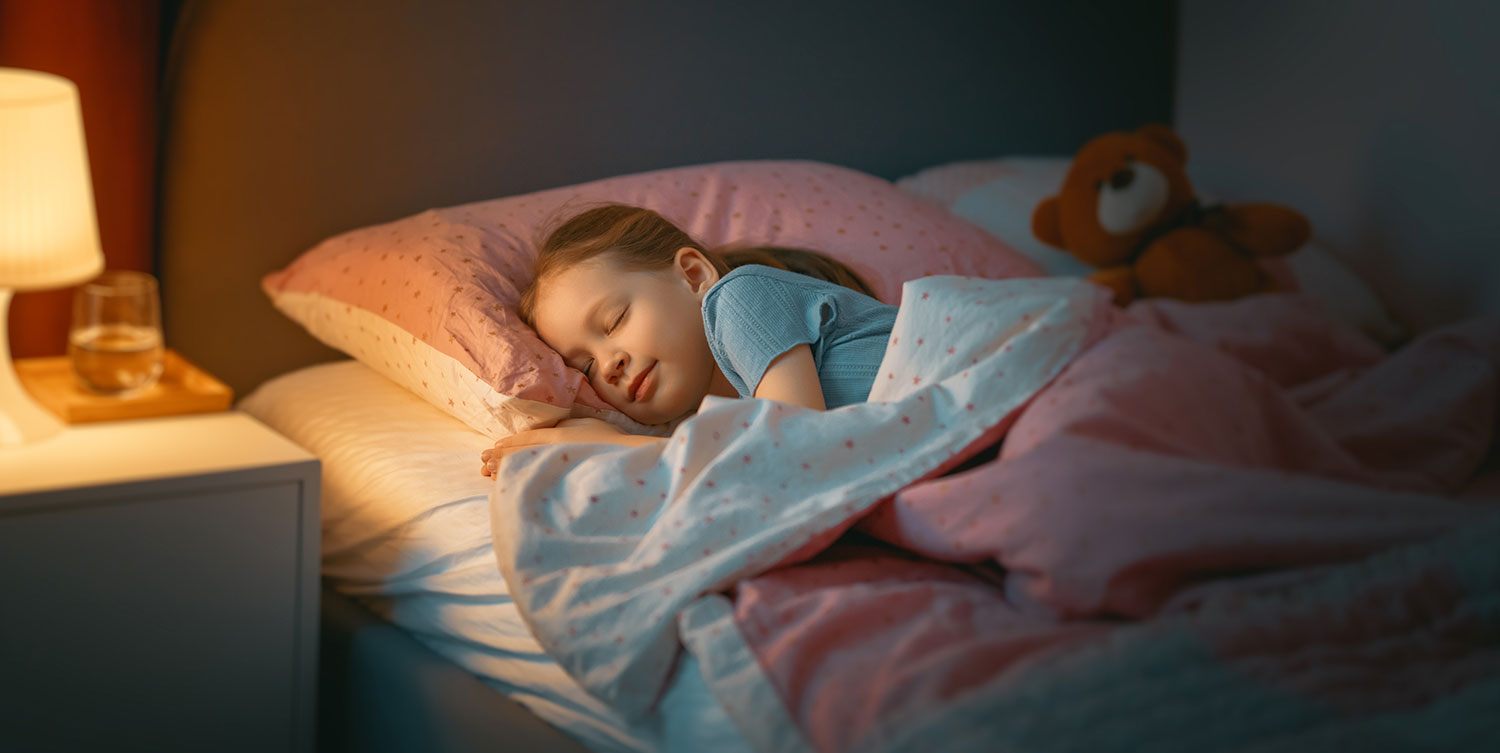Sleep apnea is a sleep disorder that is commonly associated with adults, but it can also affect children. In fact, sleep apnea is estimated to affect up to 3% of children. In this article, we’ll discuss the causes, symptoms, and treatment options for sleep apnea in children.
Causes of sleep apnea in children
Sleep apnea in children is often caused by an obstruction in the airway. This can be due to enlarged tonsils or adenoids, which are common in children. Other factors that can contribute to sleep apnea in children include obesity, abnormalities in the facial structure, and certain medical conditions like Down syndrome.
Symptoms of sleep apnea in children
The symptoms of sleep apnea in children can vary depending on the severity of the condition. Common symptoms include snoring, pauses in breathing during sleep, restless sleep, daytime sleepiness, difficulty concentrating, and behavioral problems. Children with sleep apnea may also experience bedwetting and night sweats.
Diagnosis of sleep apnea in Children
If you suspect that your child has sleep apnea, it’s important to speak with their pediatrician. The doctor may refer your child to a sleep specialist who can conduct a sleep study to diagnose the condition. A sleep study involves monitoring your child’s breathing, heart rate, and other vital signs while they sleep.
Treatment Options for sleep apnea in Children
The treatment options for sleep apnea in children depend on the severity of the condition. In some cases, lifestyle changes such as weight loss, avoiding allergens, and sleeping in a different position may be enough to manage the condition. However, in more severe cases, medical treatment may be necessary.
Adenotonsillectomy
Adenotonsillectomy is a surgical procedure that involves removing the tonsils and adenoids. This is a common treatment option for children with sleep apnea caused by enlarged tonsils or adenoids.
Continuous positive airway pressure (CPAP)
CPAP is a common treatment for sleep apnea in adults, but it can also be used in children. This treatment involves wearing a mask over the nose and/or mouth during sleep, which delivers a continuous flow of air to help keep the airway open.
Oral appliances
Oral appliances, similar to those used for adults, can be used for children with mild to moderate sleep apnea. These devices work by repositioning the jaw and tongue to keep the airway open during sleep.
In conclusion, sleep apnea can affect children as well as adults. It’s important to recognize the symptoms of sleep apnea in children and speak with a pediatrician if you suspect that your child may have the condition. With proper diagnosis and treatment, sleep apnea in children can be effectively managed, allowing for better sleep and improved overall health.

